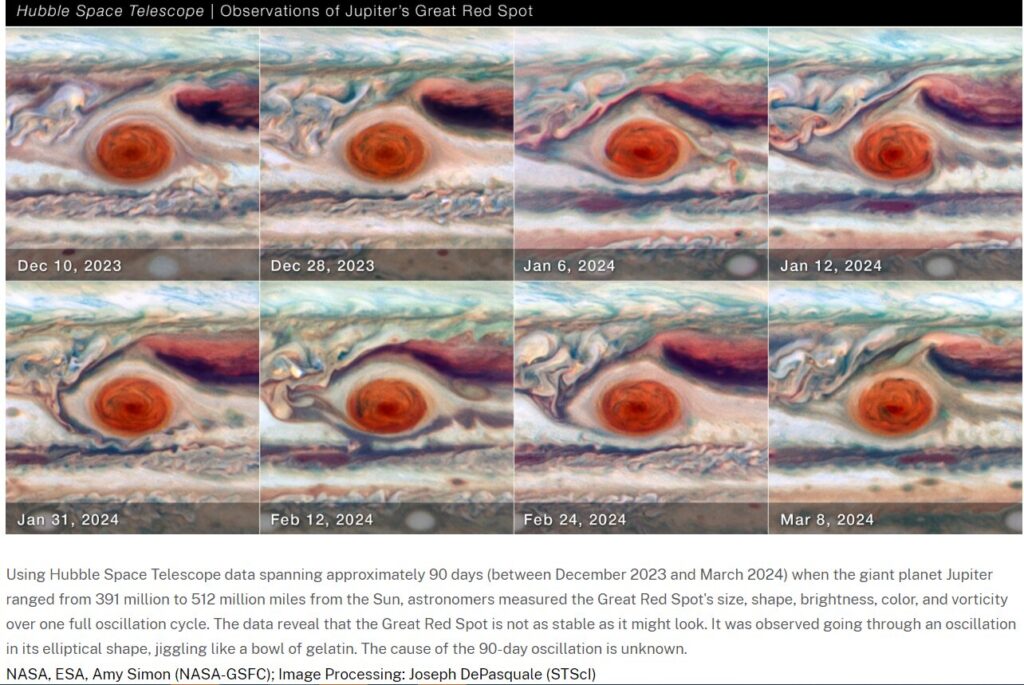
Using the Hubble Space Telescope (HST), astronomers have observed a supermassive galactic open cluster designated Westerlund 1. Results of the study, published Jan. 28 on the pre-print server arXiv, yield essential details regarding the structure of this cluster.
Open clusters (OCs), formed from the same giant molecular cloud, are groups of stars loosely gravitationally bound to each other. It is assumed that most star formation takes place in massive clusters of stars, known as superstar clusters (SSCs). They are very massive young OCs usually containing a very large number of young, massive stars. The total mass of a typical SSC exceeds 10,000 solar masses.
Westerlund 1 is a supermas...
Read More









Recent Comments